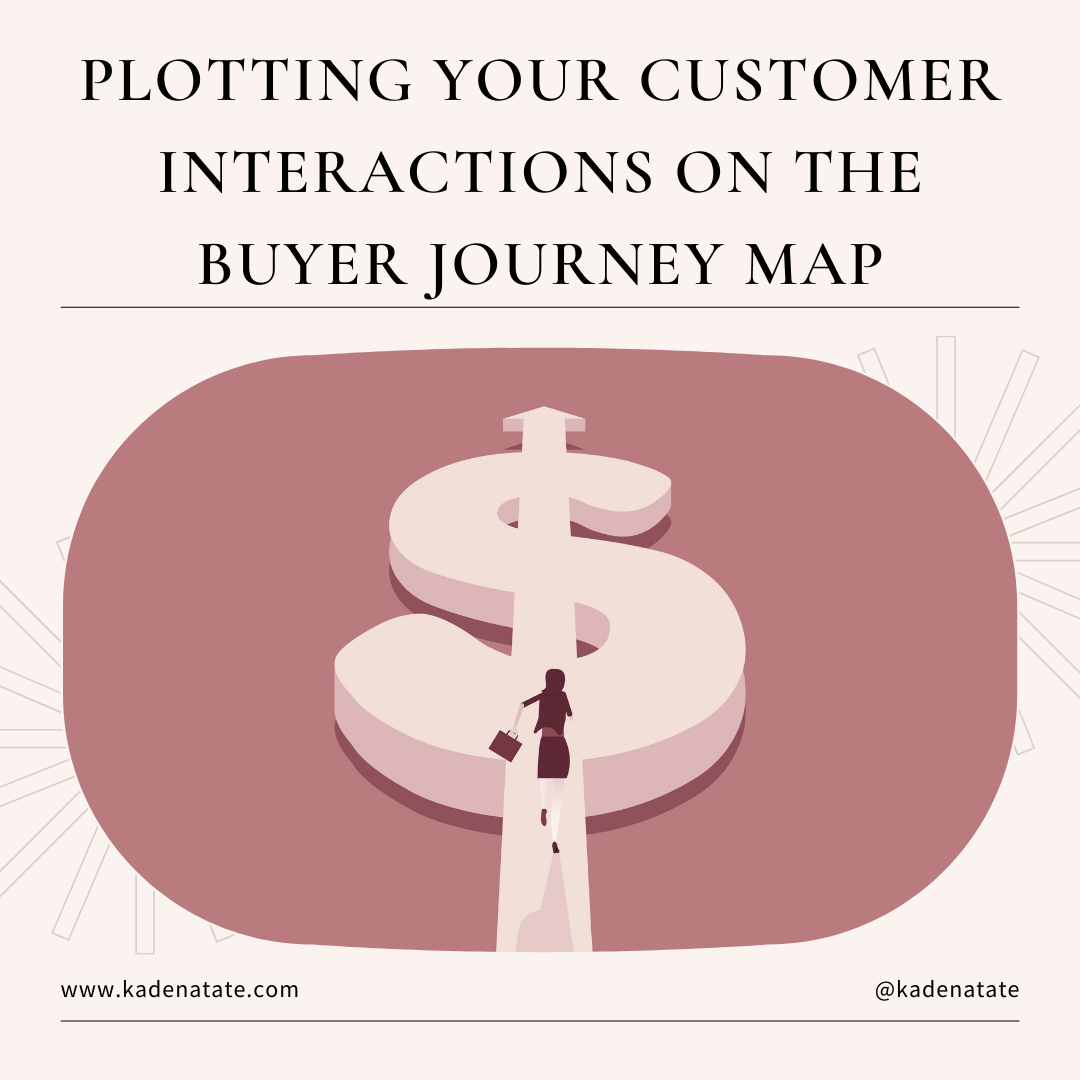Plotting Your Customer Interactions on the Buyer Journey Map
There's a lot of talk these days about the buyer journey map and how it can help businesses better understand their customers. But what, exactly, is this mysterious map? The buyer journey map is simply a visual representation of the customer's experience with your business, from the time they first learn about you to the time they become a loyal customer. It also helps you to see where you are losing customers and how you can improve their experience.
In this blog post, we will discuss the different stages of the buyer journey and plot the customer interactions on the map. Let's get started!
The buyer journey typically consists of four stages: awareness, consideration, decision, and loyalty. However, there are many different variations of this map, so don't feel like you need to stick to these four stages rigidly. The important thing is that you understand the general idea behind each stage and how your customers move through them.
Awareness is the first stage and it's when the customer becomes aware of their problem or need. They might not even know that your product exists yet, but they are starting to become aware that they have a problem. For example, let's say someone is researching ways to improve their productivity at work. They might not know about your time-tracking software yet, but they are starting to become aware that they need help with time management.
The next stage is consideration, which is when the customer starts considering their options for solving their problem. They might start looking at different products or services and comparing them. In our example, the person researching productivity tools might start looking at different time-tracking software to see what features each one offers.
Once the customer has considered their options, they will move on to the decision stage. This is when they finally decide which product or service to purchase. In our example, the person researching productivity tools might finally decide to purchase your time-tracking software because it has all the features they need.
The last stage is loyalty, which is when the customer becomes a loyal fan of your product or service. They might purchase additional products or services from you, recommend you to their friends, or give you positive reviews online. In our example, the person who purchased your time-tracking software might start using it every day and become a loyal fan of your product.
Now that we've gone over the different stages of the buyer journey, let's plot the customer interactions on the map.
The first interaction is acquiring customers, which is what you do in the awareness and consideration stages. You can acquire customers through marketing campaigns, social media ads, search engine optimization, content marketing, and many other channels.
The next interaction is serving customers, which is what you do in the decision stage. This is when you provide them with information about your product or service and help them make a purchase. You can serve customers through online checkout processes, customer support, live chat, and many other channels.
The next interaction is retaining customers, which is what you do in the loyalty stage. This is when you keep them coming back for more by providing excellent customer service and offering additional products or services that they might be interested in. You can retain customers through loyalty programs, customer retention strategies, and many other channels.
The last interaction is upselling and cross-selling customers, which is what you do in the loyalty stage. This is when you offer additional products or services to your existing customers that they might be interested in. For example, if someone purchases your time-tracking software, you might offer them a productivity course to help them get even more out of your product.
That's it! Now you know how to plot customer interactions on the buyer journey map. Keep this map in mind as you create your marketing campaigns and serve your customers. By understanding the buyer journey, you can better meet their needs and exceed their expectations. Thanks for reading!
Did you find this article helpful? If so, please share it with your friends or colleagues! And if you have any questions about the buyer journey or plotting customer interactions on the map, feel free to leave a comment below. I'm always happy to help! :)
